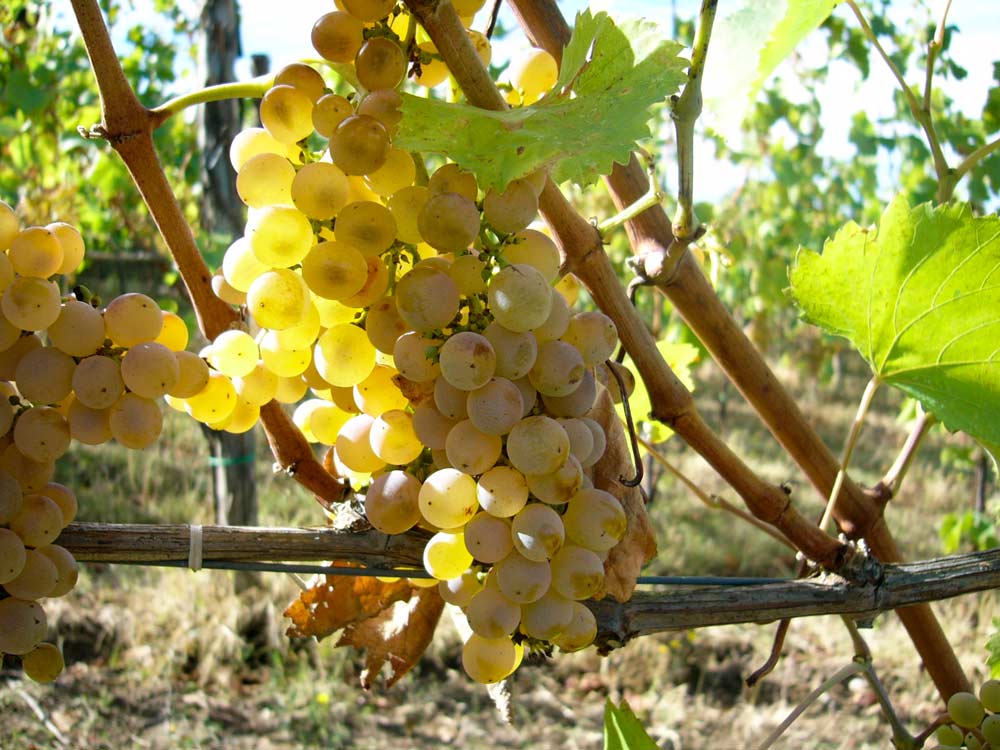FALANGHINA VINE
This vine, together with Aglianico, is certainly the oldest and most representative of Campania’s viticulture. The history of this vine begins with its arrival in the Phlegraean Fields (near Naples) with the first Greek settlers. It is presumed to have been used to produce the mythical Falernian wine but this is only a theory because there is no historical evidence supporting this claim with any certainty. Its name must come from falangae, a Latin word for the support poles then used to support the vines. It is, however, certain that this word has not had any other linguistic influences throughout its history. This Vine was almost completely decimated by The great Phylloxera epidemic and only slowly reconquered the spaces once belonging to it thanks to the research made by botanists and wine producers who, during the 1970s, discovered plants that had survived in the abandoned countryside and reestablished and restored them to their ancient splendour. As regards the genetic variants of this grape, there are two clearly distinguishable strains: the FALANGHINA FLEGREA and the FALANGHINA BENEVENTANA. The two grapes are quite similar in shape and size, but the wines they produce are quite distinct and recognizable in their own right.

FALANGHINA “WINE”
The wine made from Falanghina is a very characteristic white wine. In particular, BENEVENTANA offers more structure, an excellent fixed acidity, which makes it suitable for producing sparkling wines and passito wines. La FLEGREA produces wines with good alcohol content and medium acidity which are characterized by minerality and sapidity and are therefore excellent for fish dishes. The colour ranges from straw yellow to golden; the scent is delicate and characteristic with aromas of apple and hints of spice and vanilla; the taste is warm and dry with slight acidity.
“BAG-IN-BOX” FALANGHINA wine, single varietal, available on our ONLINE SHOP:

